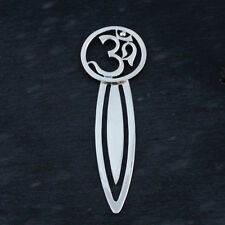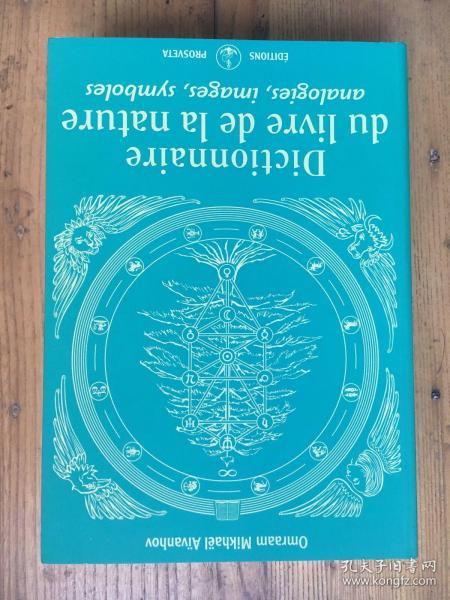Hindu Symbol Om: A Multidimensional Overview
The symbol Om, also known as Aum, is one of the most sacred and significant symbols in Hinduism. It is deeply revered and holds immense spiritual importance for millions of followers. In this article, we will delve into the various dimensions of the Om symbol, exploring its origins, meanings, cultural significance, and its presence in Hindu rituals and practices.
Origins and Historical Significance

The Om symbol has its roots in ancient India, with its origins dating back to the Vedic period. It is believed to be one of the oldest symbols in the world, with its origins possibly dating back to the Indus Valley Civilization. The symbol is mentioned in various ancient texts, including the Rigveda, one of the oldest sacred texts of Hinduism.
The Om symbol is composed of three curves and a point. The three curves represent the three states of consciousness: waking, dreaming, and deep sleep. The point represents the state of pure consciousness, which is the ultimate goal of spiritual practice in Hinduism.
Symbolic Meanings

The Om symbol holds profound symbolic meanings in Hinduism. It is considered to be the sound of the universe and is believed to be the primordial sound from which all other sounds arise. The symbol is often chanted as a mantra, which is a sacred sound or word that is believed to have the power to transform the mind and spirit.
Here is a table that outlines some of the key symbolic meanings of the Om symbol:
| Symbolic Meaning | Description |
|---|---|
| Creation | The Om symbol represents the sound of creation, the primordial sound from which the universe emerged. |
| Consciousness | It signifies the infinite consciousness that permeates all existence. |
| Divinity | The symbol is associated with the divine presence and is often used in prayers and rituals. |
| Balance | It represents the balance of the universe and the harmony between different aspects of existence. |
Cultural Significance

The Om symbol holds great cultural significance in Hindu society. It is often used in art, architecture, and religious rituals. The symbol can be found in temples, homes, and other sacred spaces, serving as a reminder of the divine presence and the importance of spiritual practice.
In Hindu art, the Om symbol is depicted in various forms, including as a standalone symbol or as part of intricate designs. It is also used in jewelry, clothing, and other decorative items, showcasing the deep reverence for the symbol among followers.
Om in Hindu Rituals and Practices
The Om symbol plays a crucial role in Hindu rituals and practices. It is often chanted during meditation, prayers, and other spiritual practices. The sound of Om is believed to purify the mind and spirit, helping practitioners to connect with the divine.
In yoga, the Om symbol is often used to mark the beginning and end of sessions. It is believed to help practitioners focus their minds and prepare for the practice. The sound of Om is also used in various healing rituals, where it is believed to have the power to cure diseases and promote well-being.
Conclusion
The Om symbol is a multifaceted and deeply significant symbol in Hinduism. Its origins, meanings, cultural significance, and presence in rituals and practices make it a powerful and enduring symbol of spiritual importance. Whether you are a follower of Hinduism or simply curious about the symbol, understanding its various dimensions can provide insight into the rich tapestry of Hindu spiritual beliefs and practices.
